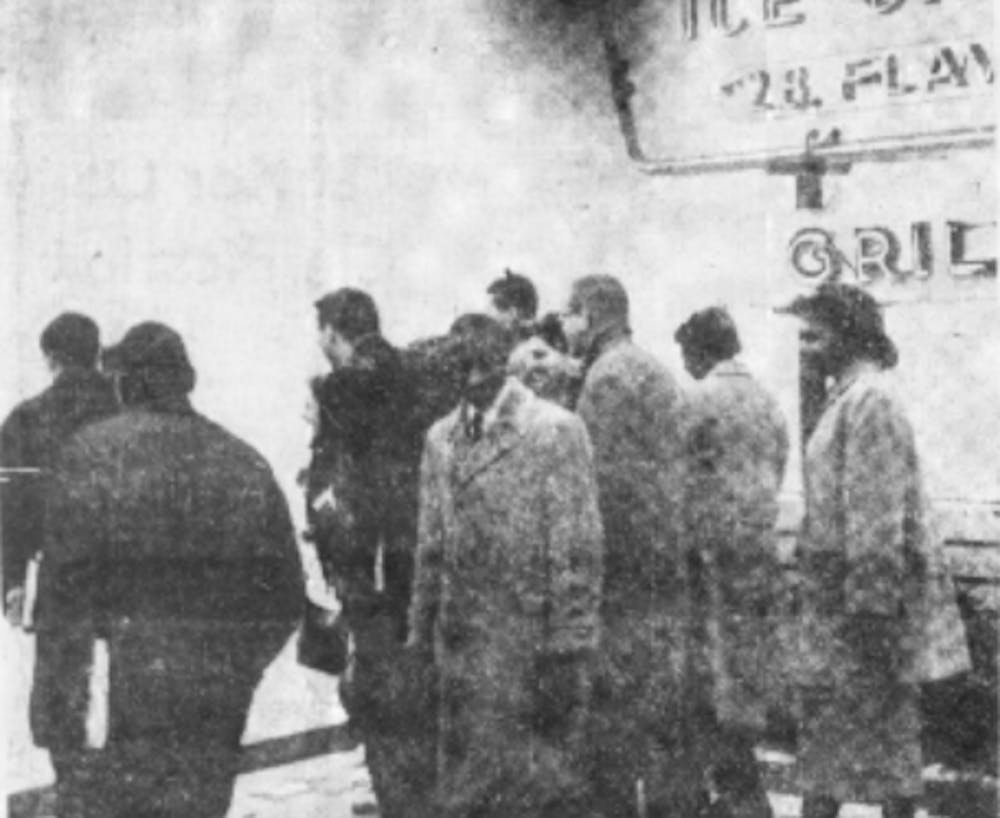February has been a contentious month in the United States’ recent history of race relations.
In light of many disturbing and negative news stories — like the images of Virginia Gov. Ralph Northam sporting blackface in his 1984 medical school yearbook and the UNC Chi Phi fraternity's Yackety Yak page including people clad in Ku Klux Klan robes — it’s refreshing to look back at the brave actions of individuals in Orange County who fought for civil rights, yet also important to remember its history.
The story begins with the University’s construction. UNC was largely built by slaves, including many of its original buildings like Old East and Old West. One can’t forget that much of this important university and the opportunities it affords arose out of the suffering of others.
Some students have taken it upon themselves to ensure that this aspect of the University’s history is not forgotten by commemorating the important role slaves and slavery played in the University’s construction. Kristen Marion and Elizabeth Brown initiated Wilson Caldwell Day, which had its third annual celebration Sunday.
Caldwell was a slave to the University’s second president, David Swain. Caldwell played a crucial role in persuading the Union Army not to burn down the University during the Civil War.
The oppression of Black people in Chapel Hill was not limited to the antebellum period. Julian Carr’s 1913 dedication speech to the Confederate monument, later known as Silent Sam, proudly illuminates some of the horrific treatment of Blacks during the Reconstruction and Jim Crow Eras following the war.
The county is not foreign to the Southern history marred by Black lynchings. A Red Record, a UNC-led project, found that between 1865 and World War II, there were at least five lynchings or instances of unlawful, extrajudicial murder of Black people in the county. One of the victims, Manly McCauley, was lynched just three miles from Chapel Hill.
Throughout the 1960s, Black oppression and segregation persisted despite the passage of the Civil Rights Act of 1964 and the Voting Rights Act of 1965.
To protest segregation, students and community members staged peaceful sit-ins at many of Franklin Street’s segregated businesses. They were beaten and harassed, receiving little, if any, protection from law enforcement. A few years later, Charlie Scott broke ground by desegregating UNC basketball, becoming the first Black basketball player in 1967.



